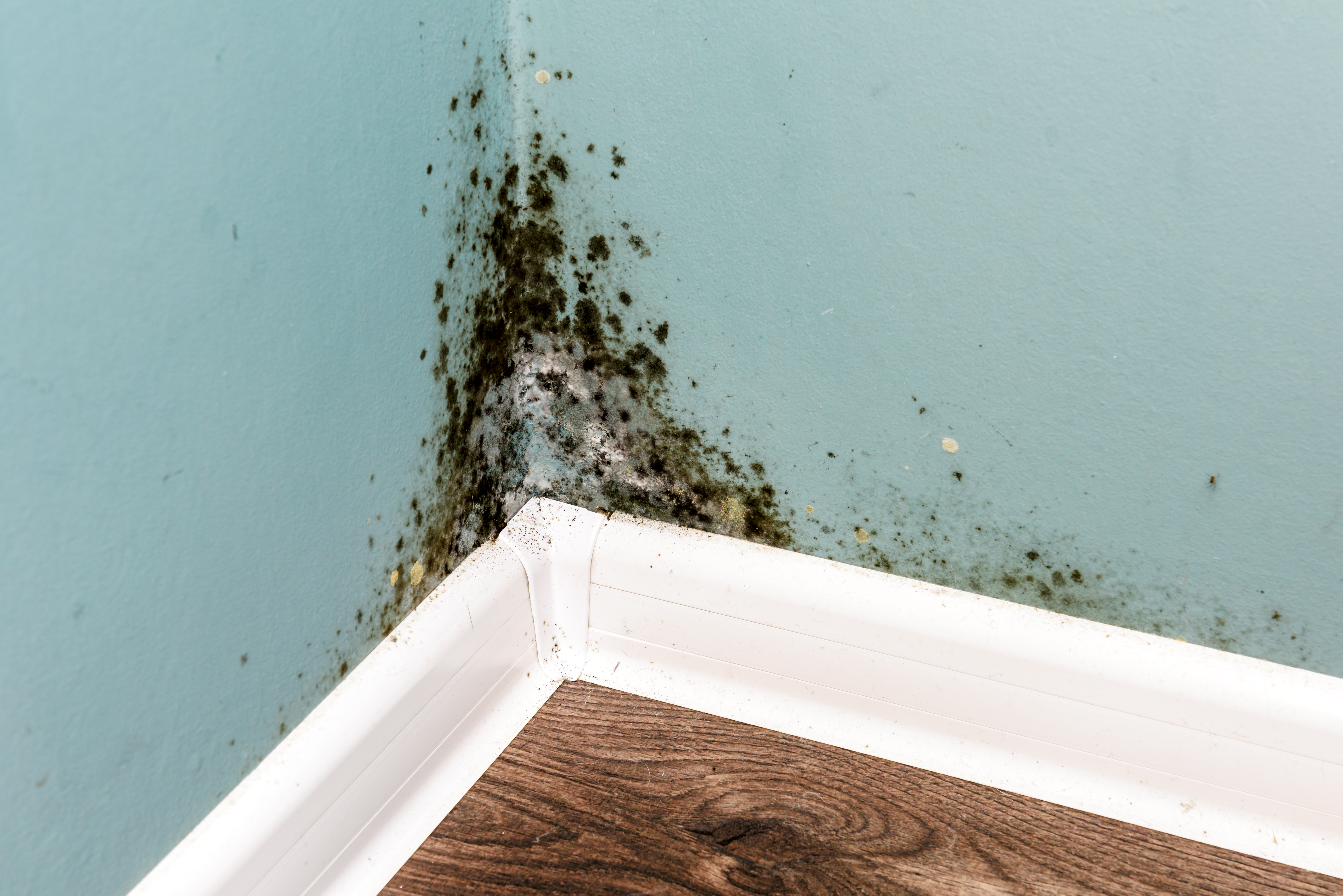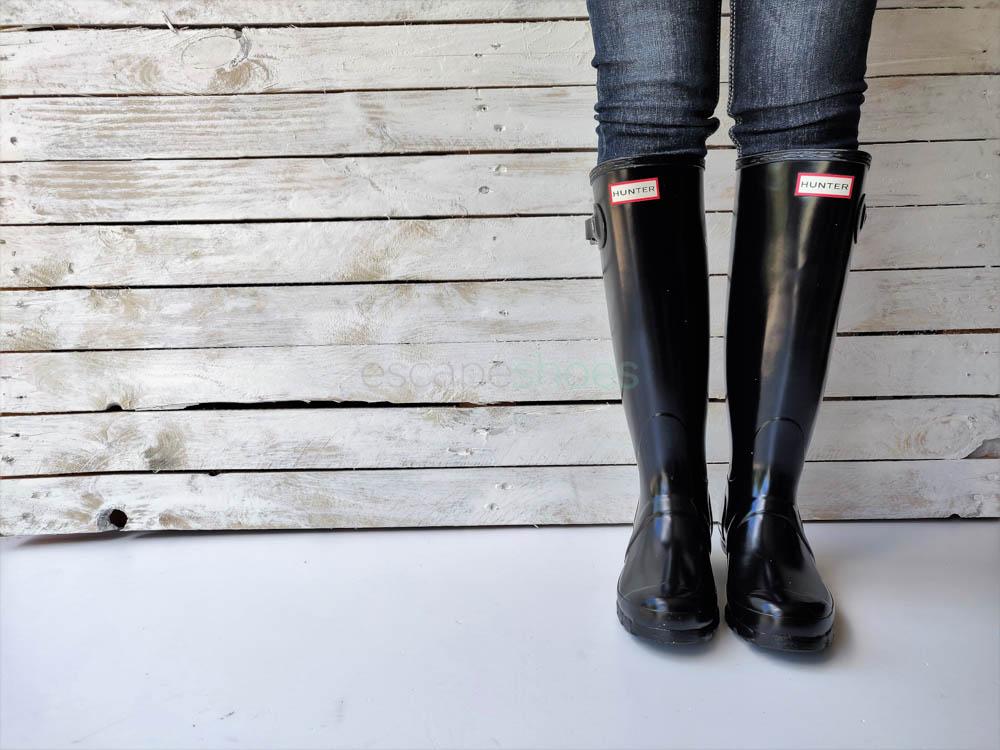Mold thrives in warm damp environments and spreads through the creation of spores. If youre confused by this join the club.
 Mold Prevention Black Colored Mold Vs Black Toxic Mold
Mold Prevention Black Colored Mold Vs Black Toxic Mold
In particular there are certain types of molds that produce what are called mycotoxins 2.

Why is mold bad. People have become seriously ill from living in moldy places. Mold and mildew are known to cause respiratory concerns common allergic reaction symptoms nervous-system disorders and depression. This differs from the normal airborne mold spores we talked about earlier.
Mold gets a bad rap of late but good mold does exist. Now for the fun part bad mold. Mold can get a foothold in your lung and put you at a higher risk of developing a lung infection says Dr.
The smell alone can be bad. Because the airflow in the system eventually reaches all parts of the house the presence of HVAC mold contamination can trigger a number of issues. Good Mold Bad Mold.
Mold spores are airborne pollutants that can cause allergic reactions in some people. Just the thought of. Mold can also trigger the production of microbes and bacteria.
Bread that sat too long in the pantry typically develops penicillium. All Mold Causes Health Problems While mold certainly can cause health problems it is not true that all molds cause health problems in all people. Asthma or prior allergies before exposure can make these symptoms worse.
Allergic reactions and chronic illness in susceptible individuals who inhale airborne mold spores that are continuously circulating in household air. In reality the effect of mold on people varies greatly. In severe cases it can also contribute to the development of asthma.
If you are naturally sensitive to mold it may trigger respiratory symptoms including red and itchy eyes runny nose headaches skin rashes and sneezing. Think about all the uninhabited flooded homes after Hurricane Harvey or Hurricane Irma. These molds are particularly dangerous and create a toxic breathing environment for you your children and your pets.
Even then he recommends. In fact as the name implies the very tasty blue cheese is derived from this particular strain of mold. When the tiny spores are airborne and dispersed throughout a building they are inhaled by the people living in the building causing coughing allergic reactions or asthma.
Breathing in too much mold or mildew can cause allergies. Symptoms will vary -- some people are more sensitive to mold than others. Moldy food has an undesirable taste and texture and may have green or white fuzzy spots.
Exposure to these bacteria may trigger an inflammatory response in some people according to the World Health Organization WHO. Food spoilage is often caused by mold. One such infection caused by mold is aspergillosis.
Inevitably mold spores are inhaled causing acute to severe health issues. As a naturopathic doctor I cherish nature and her many gifts. Mold problems start when a mold spore tiny invisible mold seed thats floating in the air lands on a wet piece of organic material such as wet wood or drywall takes root and starts to multiply.
Mold spores are everywhere in the air including in the cleanest of homes. You might feel sick after accidentally eating these molds but thats most likely because the mold tastes bad not because of any particular toxin in it says Dr. I had a hard time understanding why indoor mold was.
Mold is used in the making this kind of cheese and medicine. Penicillium is the typical blue mold found on food. Mold growth within the home is considered a bad thing when it is growing on a sustainable food source and is potentially affecting the air with elevated mold spores.
After natural disasters like hurricanes or tornadoes excess moisture and standing water contribute to the growth of mold in a home.





/classic-gin-martini-recipe-759739-step-06-6566fdef2d984d24b771c1c3429c5589.jpg)






